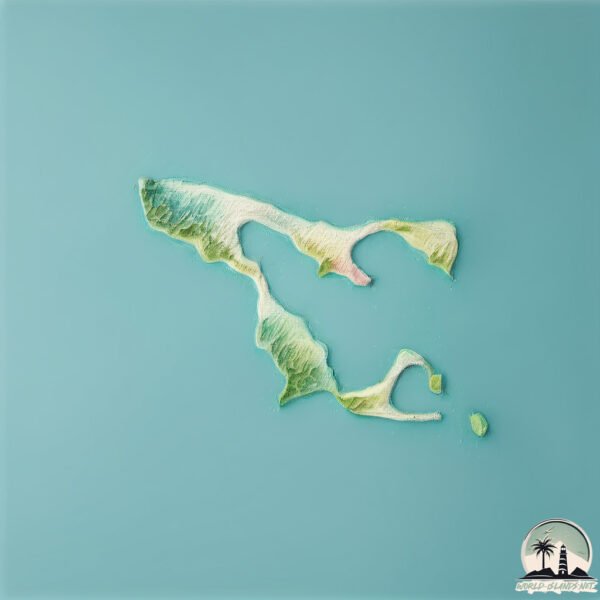El Toro

Welcome to El Toro, a Tropical island in the Gulf of Mexico, part of the majestic Atlantic Ocean. This guide offers a comprehensive overview of what makes El Toro unique – from its geography and climate to its population, infrastructure, and beyond. Dive into the details:
- Geography and Size: Explore the island’s size and location.
- Climate and Weather: Weather patterns and temperature.
- Topography and Nature: Uncover the natural wonders of the island.
- Infrastructure and Travelling: Insights on reaching, staying, and making the most of your visit.
- News and Headlines: Latest News.
Geography and size of El Toro
Size: 3.55 km²
Coastline: 23.1 km
Ocean: Atlantic Ocean
Sea: Gulf of Mexico
Continent: North America
El Toro is a Small Island spanning 3.6 km² with a coastline of 23.1 km.
Archipel: –
Tectonic Plate: North America – Covers North America and parts of the Atlantic and Arctic Oceans, characterized by diverse geological features and varying levels of seismic activity.
The geographic heart of the island is pinpointed at these coordinates:
Latitude: 21.570091 / Longitude: -97.51071886
Climate and weather of El Toro
Climate Zone: Tropical
Climate Details: Tropical Savanna, Wet
Temperature: Hot
Climate Characteristics: Defined by distinct wet and dry seasons with high temperatures year-round. Pronounced rainfall occurs during the wet season, while the dry season is marked by drought.
Topography and nature of El Toro
Timezone: UTC-06:00
Timezone places: America/Chicago
Max. Elevation: 6 m
Mean Elevation: 2 m
Vegetation: Mangrove Forest
Tree Coverage: 65%
The mean elevation is 2 m. The highest elevation on the island reaches approximately 6 meters above sea level. The island is characterized by Plains: Flat, low-lying lands characterized by a maximum elevation of up to 200 meters. On islands, plains are typically coastal lowlands or central flat areas.
Dominating Vegetation: Mangrove Forest
Found in coastal areas and river deltas, these unique wetland ecosystems are adapted to saline conditions and are crucial for coastal protection and biodiversity. El Toro has a tree cover of 65 %.
Vegetation: 7 vegetation zones – Very Highly Diverse Island
Islands in this range are ecological powerhouses, showcasing a wide array of vegetation zones. Each zone, from lush rainforests to arid scrublands, coastal mangroves to mountainous regions, contributes to a complex and interdependent ecosystem. These islands are often hotspots of biodiversity, supporting numerous species and intricate ecological processes.
Infrastructure and Travelling to El Toro
Does the island have a public airport? no.
There is no public and scheduled airport on El Toro. The nearest airport is General Francisco Javier Mina International Airport, located 88 km away.
Does the island have a major port? no.
There are no major ports on El Toro. The closest major port is TUXPAN, approximately 67 km away.
The mean population of El Toro is 3 per km². El Toro is Gently Populated. The island belongs to Mexico.
Continuing your journey, El Idolo is the next notable island, situated merely km away.
Mexico is classified as Emerging region: MIKT: Mexico, Indonesia, South Korea, and Turkey – Economies recognized for their development potential and emerging market status. The level of income is Upper middle income.
News – Latest Updates and Headlines from El Toro
Stay informed with the most recent news and important headlines from El Toro. Here’s a roundup of the latest developments.
Please note: The data used here has been primarily extracted from satellite readings. Deviations from exact values may occur, particularly regarding the height of elevations and population density. Land area and coastline measurements refer to average values at mean high tide.
